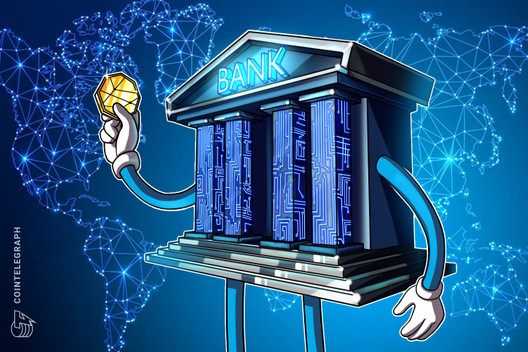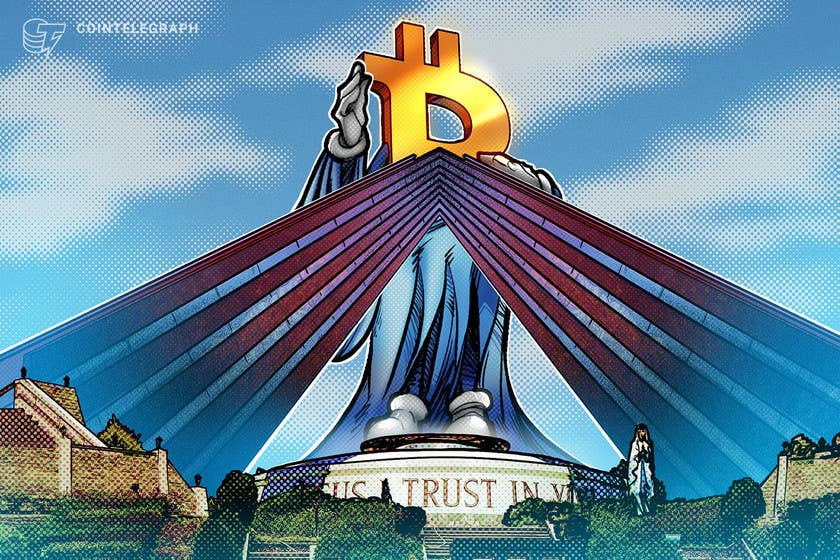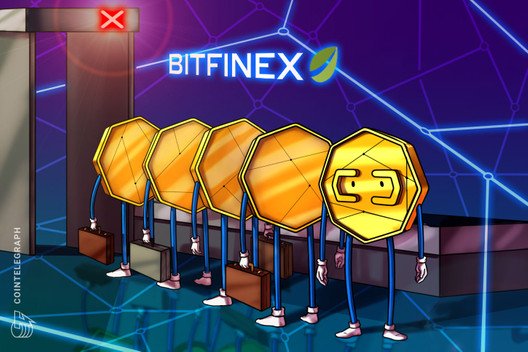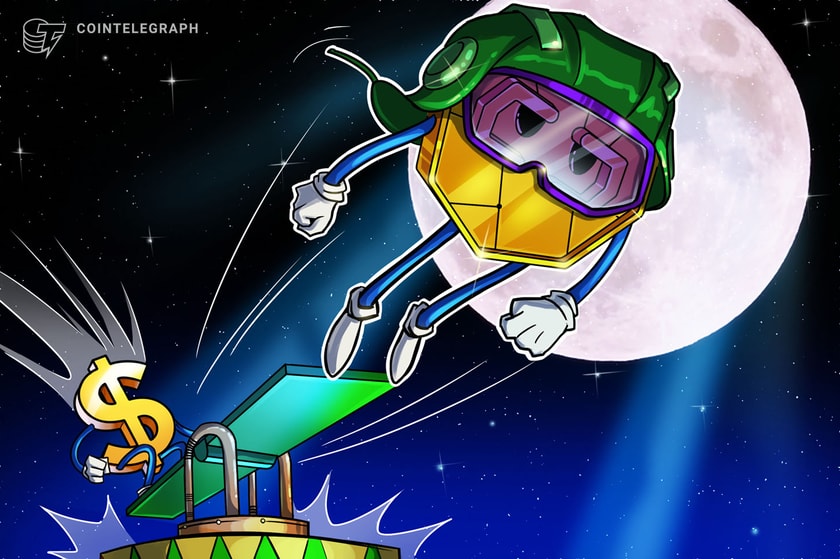The scandal surrounding the Steem blockchain continues to unfold. After juggernaut exchanges Binance, Huobi and Poloniex were heavily criticized by community members for allegedly mobilizing customer deposits to take over the network, two of those firms announced they were backing off.
Meanwhile, Tron CEO Justin Sun, who has recently acquired Steemit — the startup behind the major blockchain-based blogging and social networking platform — has referred to the disgruntled voters who tried to reclaim control as “hackers” who have been “successfully defeated.” However, as the latest developments show, Sun intends to withdraw all of the orchestrated votes “ASAP,” while the community has already started to restore balance.
Brief introduction into how Steem, Steemit and Tron are interconnected
Steem blockchain went live in March 2016. It was developed by the United States-based entrepreneur Ned Scott and developer Dan Larimer. In July of that year, Scott and Larimer founded Steemit Inc., and launched the homonymous Reddit-like social media platform, the first application built on the Steem blockchain.
The Steemit company is also known for releasing blockchain-based alternatives for major social media outlets like Youtube and Instagram, replicated by DTube and APPICS respectively. Currently, there are more than 1.3 million registered accounts on Steem, according to data provided by a blockchain explorer.
According to the project’s white paper, Steem is “a blockchain database that supports community building and social interaction with cryptocurrency rewards.” To support the “reward” option, Steem has integrated two in-house cryptocurrencies — STEEM, a volatile cryptocurrency, and USD-pegged stablecoins dubbed Steem Dollars, or SBD. Users can “power up” their accounts to have more influence on the distribution of rewards by transferring from STEEM to Steem Power, although the powered-up STEEM cannot be withdrawn for 13 weeks.
Steem is a delegated proof-of-stake protocol. Consequently, it is governed by a limited number of “witnesses,” who are elected by STEEM holders to validate transactions and secure the network, akin to miners on the original Bitcoin (BTC) blockchain. Votes are allocated according to the number of tokens they hold.
Although the platform had amassed over 1 million site visitors by 2018, the number of contributors began to drop at some point, as Steemit Managing Director Elizabeth Powell explained to Cointelegraph at the end of February, and the company entered a turbulent period. In November 2018, for instance, Steemit reportedly dismissed more than 70% of staff.
Last month, on Feb.14, Scott announced that he had sold Steemit to Justin Sun, a high-profile Chinese tech entrepreneur who is known primarily for founding the Tron foundation, acquiring Bittorrent and spending $4.5 million to lunch with multi-billionaire investor Warren Buffet. Scott’s tweet has since been deleted; the merge was marketed as a “strategic partnership” in the official press release.
As Steemit’s Powell previously claimed in an interview with Cointelegraph, the Tron partnership essentially saved her company from failing: “We’ve been in a holding pattern due to a financial lack of resources. We’ve always had roadmaps but we couldn’t execute them.”
The market reacted positively to the news — the STEEM token surged more than 25% over a 24-hour period while TRX gained a hefty 10% — but the original community wasn’t as happy.
The takeover
On Feb. 24, worried that Tron might upend the security of the Steem blockchain, Steem community members (represented by witnesses, developers and stakeholders) banded together to implement a soft fork. The upgrade essentially deactivated the so-called “ninja-mined stake,” which has historically been owned by Steemit and is said to be comprised of approximately 74 million STEEM tokens.
The community representatives were afraid that Steemit, under the new management, might use the stake to govern the network, while apparently it is supposed to be used solely for the advancement of the Steem blockchain. Luke Stokes, a long-time Steem Witness, told Cointelegraph:
“The Steemit ‘ninja mined’ stake has always been a concern and some in the community wanted witnesses to fork it off the chain last year when the relationship between Steemit Inc and the token holders continued to go sour.”
Stokes further stressed that he is “just one member of a distributed community and no one person can represent the Steem blockchain community” before providing a comment.
In response to the community action, Tron allegedly orchestrated what has been described as a “hostile takeover.” As seen on the blockchain tracker, around March 2, a number of major cryptocurrency exchanges who have STEEM tokens listed on the platforms, namely Binance, Huobi and Poloniex, mobilized customer deposits to stake large amounts of STEEM tokens to vote in support of removing the previous witnesses.
According to community reports, a total of 42 million Steem Power was leveraged to oust the top-five witnesses in favor of a single user, @dev365 — an account allegedly owned by Justin Sun himself. As a result, all of the top-20 witnesses were eventually replaced with accounts powered by Steemit, Binance, Huobi and Poloniex, all of which were created in February 2020.
That move prompted a community outcry, as decentralization pundits were outraged by the seemingly monopoly-inducing tactics. Ethereum developer Vitalik Buterin tweeted on the situation:
“Apparently Steem DPOS got taken over by big exchanges voting with depositors’ funds. […] Seems like the first big instance of a ‘de facto bribe attack’ on coin voting (the bribe being [exchanges] giving [holders] convenience and taking their votes).”
Moreover, following the largely negative reaction on social media, Steemit’s head of communications, Andrew Levine, resigned from the project, clarifying that it was his own decision. Similarly, another key Steemit employee, a senior blockchain engineer Michael Vandeberg, also announced that he was leaving.
In addition, some Steem DApp creators allegedly chose to remove their product from the blockchain in the wake of the power struggle. Soon after the takeover, Sun took to his Twitter to report on defeating the “hackers”:
“STEEM has successfully defeated the hackers & all funds are super SAFU.
[Steem] and [Steemit] community is now stronger than ever since we united & solved the difficulties!”
As Sun explained in the following tweets, on Feb. 22, “some malicious hackers” froze 65 million STEEM tokens legally owned by Steemit, most likely referring to the “ninja-mined” stake. Upon consulting with the lawyers, Sun and his team “were told this was definitely a criminal activity,” which is why they chose to “control the network for a short period of time” in order to prevent the said “hackers” from destroying the assets. Sun further tweeted:
“We will commit to withdrawing the votes ASAP once we’re sure malicious hackers can’t sabotage STEEM anymore & will give the voting rights back to the community. All exchanges’ votes will be withdrawn soon. Shoutout to all the exchanges & parties who helped us save STEEM!”
Sun also went on to add that all reports suggesting that Steemit and Tron collaborated with exchanges on a “hostile takeover” are false, claiming that, “Our intention was never to take over the network & all parties’ votes will be withdrawn. We wanted to protect the sanctity of private property & the interests of all from malicious hackers.”
In an official blog post entry posted on March 2, Steemit reiterated the Soft Fork 0.22.2 was “maliciously structured” and even “may be deemed illegal and criminal.” In the same post, the team presented a fix to mitigate one of the major consequences of the recent takeover. Since the powered-up STEEM cannot be withdrawn for at least 13 weeks, the customers of Binance, Huobi and Poloniex are essentially locked out of their assets during this period.
To prevent that problem, Steemit is now deploying an emergency hard fork to reduce the power-down time to “1 to 3 days.” The post read added that, “After the 4-6 weeks period, the Steemit team will give the governance back to the community when it’s back in order and mutual agreement.”
Exchanges are backing off
Soon after Sun posted about defeating “hackers,” Binance CEO Changpeng Zhao announced that the exchange had removed its votes that contributed to a sudden shift of control over the Steem blockchain. The Binance head confirmed that he had been made aware of a forthcoming “upgrade/hardfork” that he approved support for, adding:
“Projects do this all the time, and we are usually just in a supportive position.”
In a separate tweet, Zhao denied that Binance was compensated for assisting Steemit in the power shift. “We didn’t take a penny, thought it was a regular upgraded/hard fork,” he said. Nonetheless, Zhao refrained from clarifying whether Binance used customer deposits to partake in voting.
Meanwhile, Huobi also announced that it had removed its vote, explaining why it decided to partake in the alleged “takeover” in the first place. The exchange claimed that they were alerted by Tron and Steemit that the Steem network was at risk of an attack that would have impacted their user’s assets:
“We take all allegations seriously, so we worked with both teams to better understand the situation and carefully assess the risk at hand. Based on the information provided to us and out of an abundance of caution, we decided that helping Steemit and Tron was in the best interest of our users — and the network at large.”
Notably, the Singapore-headquartered exchange also admitted that “from time to time, Huobi stakes user holdings to help block malicious activities and attacks on blockchain networks.” However, it is still not clear if both Huobi and Binance have withdrawn their votes altogether. As noted by Steemit community members, there are still some accounts on the blockchain who might be voting on behalf of Binance or other interested parties.
Poloniex has yet to publicly comment on the incident, although it is worth noting that the platform is affiliated with Justin Sun. Bittrex, another major exchange that has STEEM listed, reportedly did not partake in the alleged coup.
Community wins back
Now that centralized exchanges are withdrawing their proxies, original Steemit witnesses are claiming their space back. As of press time, all of the current top-9 as well as the 11th witness are “approved,” have over 10,000 voters and joined the network circa 2016–2017, while the remaining 10 witnesses have just around 80–150 votes each and were created in February 2020, data obtained from Steemian info tracker shows.
“To the community’s credit, you all started withdrawing from exchanges, which is just fantastic. You started powering up your accounts, you started voting, you started proxying for witnesses,” Stokes noted in his recent update on the incident. “It does seem like an ongoing battle though,” he said in a separate comment for Cointelegraph. “This account, for example, continues to power up 500,000 STEEM at a time and vote for these sock puppets”.
Stokes also said that he participated in the first discussion between a “small group” of witnesses, stakeholders and community members and Tron’s side, represented by Justin Sun himself, which took place on March 3. According to the alleged recording of the private conversation, which has been leaked, Sun said that he doesn’t view the current situation as a conflict between the two parties. “Our side, we do not want to [pursue] governance. Basically, we want to stay neutral too,” the Tron Foundation CEO said in the purported recording:
“The only reason why we voted was because our funds got frozen in the first place. Basically the bottom line for us is as long as our fund is secure, we don’t have any other demands. We want to withdraw our votes also ASAP to give rights back to the community […] We do not want to intervene as long as our stake is fine.”
When asked whether he had been advised that the Steemit-controlled “ninja-mined” stake is intended to help with the advancement of the Steem blockchain and was not intended to be sold for profit, Sun allegedly replied, “We don’t know any of this,” and stipulated that he has all the legal documents to prove that the stake belongs to his firm.
Steemit’s former CEO Ned Scott has since referred to the soft work as “theft,” adding that Justin Sun “is a great addition to Steem,” and Witnesses need “to stop bullying and lying to get others to take responsibility for them.”
According to some experts, the whole drama might end soon with no serious consequences. Lior Yaffe, co-founder and director of blockchain software company Jelurida, told Cointelegraph:
“The existing blockchain industry is still quite forgiving towards mishaps like the Steemit incident, therefore I don’t think it will have a long-lasting effect. Consider that other protocols froze their operations for weeks or reversed malicious transactions and last I checked they were still doing well.”
Meanwhile, a spokesperson for the Tron team told Cointelegraph that the “Tron leadership is currently mediating the situation with Steem Witnesses and will provide further details during the upcoming Town Hall,” a public discussion involving Steem stakeholders which is scheduled for March 6 at 9 p.m. PST.









